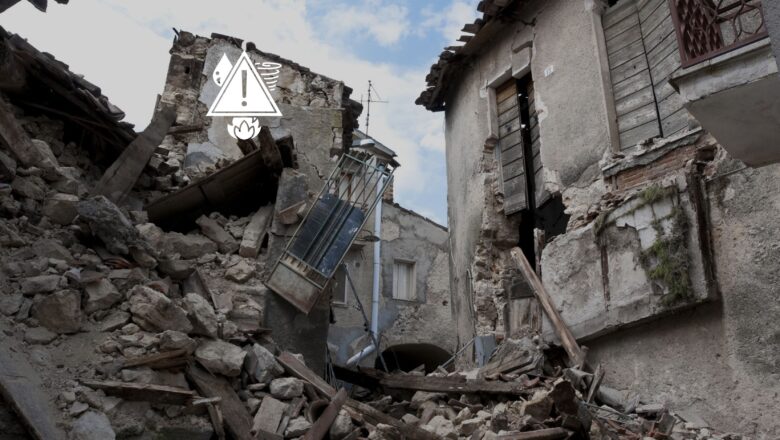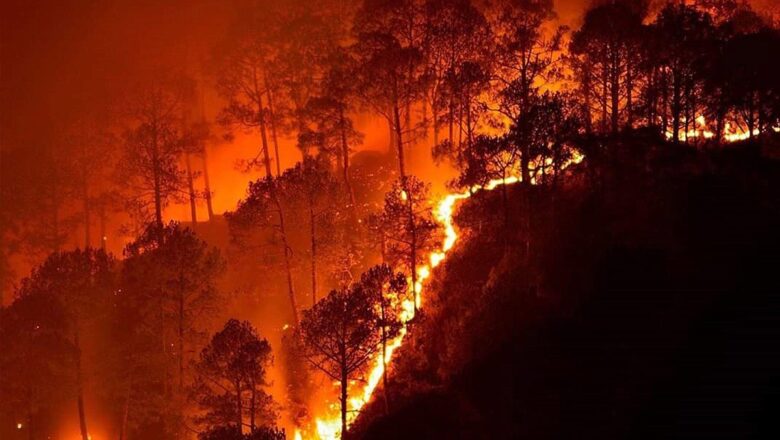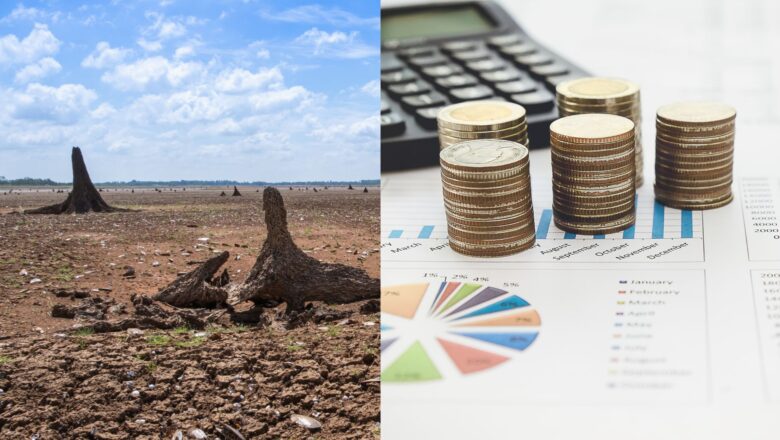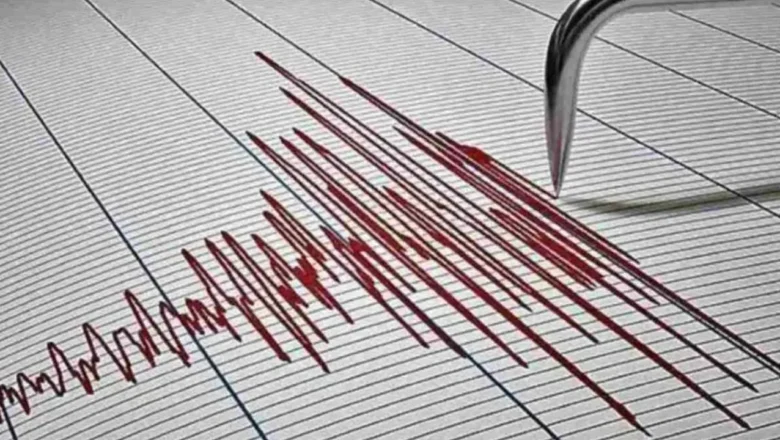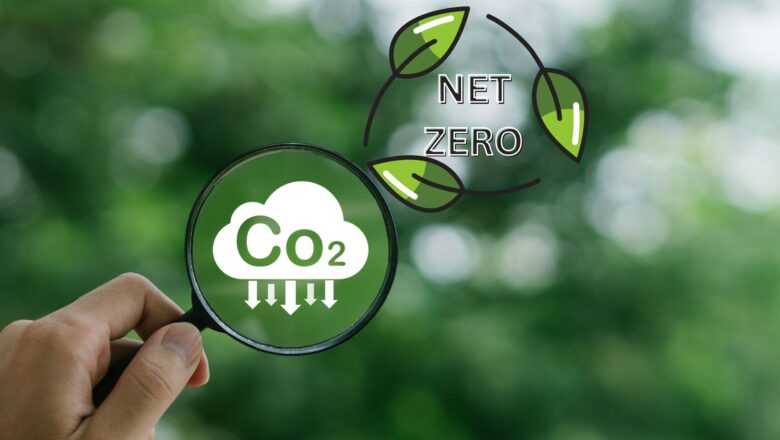
Study Finds Dust Storms Cost US $154B Annually Impacting Healthcare
A new study in Nature Sustainability reveals that wind erosion and blowing dust cost the U.S. economy around $154 billion each year, impacting healthcare, transportation, agriculture, energy, and households. Conducted by researchers from The University of Texas at El Paso (UTEP), George Mason University, and the U.S. Department of Agriculture, the study highlights the growing societal burden of dust storms, which are worsened by human land use, drought, and declining water resources.
Thomas Gill, Ph.D., a UTEP earth sciences professor, emphasized the significance of these findings. "Blowing dust is a major expense and creates great societal harm," he said, comparing its costs to those of hurricanes and other natural disasters.
Healthcare costs make up a significant portion of the tot...

